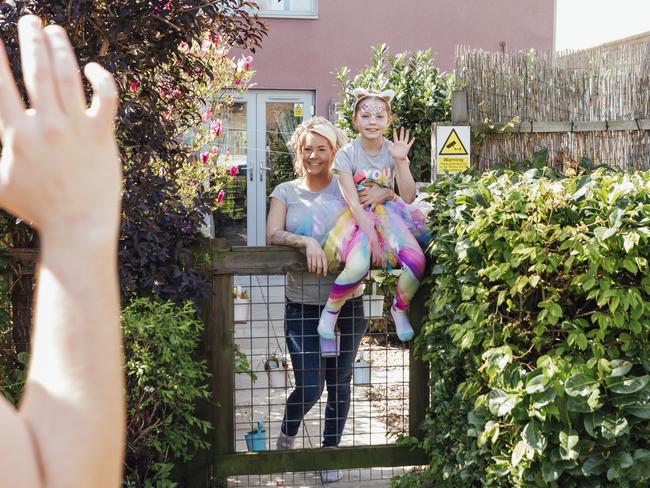How median household incomes compare in Tasmania
New Census data reveals the growth of media household income in Tasmania is ahead of the national trend. See how your income compares in our interactive map.
National
Don't miss out on the headlines from National. Followed categories will be added to My News.
The average Tasmanian household is earning $258 more each week than it was five years ago, but people are unlikely to feel better off as the cost of living steams ahead.
New Census figures reveal the median household income was $1358 a week (about $70,620 a year) in 2021, up from $1100 a week ($57,200 a year) in 2016.
That’s 23.5 per cent growth over five years – ahead of the national trend of 21.4 per cent.
Job site Indeed’s senior economist for the Asia Pacific region Callam Pickering said Australian wages were increasing “nowhere near as fast as inflation”.
“Adjusted for inflation, Australian households have experienced the largest wage cut since the introduction of the GST,” Mr Pickering said.
“Purchasing power has declined quite a bit.”
He said workers had not received a “meaningful wage increase” despite the low unemployment rate meaning quality employees are in short supply.
“Demands for higher wages are going to become louder over the next 12 months,” he said.
“Households won’t be particularly happy they are going backwards and (incomes are) not keeping pace.”
Over the past five years, some of Tasmania’s largest income jumps were recorded around Launceston.
Mowbray’s median household earned 45 per cent more in 2021 ($1138 a week) than in 2016 ($783), while that of in Invermay increased 44 per cent to $1128.
Many Hobart communities also recorded ballooning incomes, including Moonah (up 40 per cent to $1418), West Moonah (38 per cent, $1494), Rokeby (37 per cent, $1321) and New Town (35 per cent, $1621).
On the flip side, the median household income on Flinders and Cape Barren Islands rose just 4 per cent over five years.

Mr Pickering said income growth was typically the result of changes in demographics, industry composition and population growth – and different regions were experiencing different trends.
“People relocating during the pandemic would be contributing to this situation,” he said.
“The fact more people were working from home (last year) compared to 2016 would enable a situation where people have jobs that would normally be based in Sydney (for example), but they are living in the regions.”
Mr Pickering said new or growing industries could also help a region shift towards higher-income roles.
“It might just be that a high-income industry, such as construction, is getting a little bit bigger compared to five years ago and that flows through to more income in that region, which increases wages for other industries as well,” he said.

TOP 10 TAS SUBURBS AND REGIONS
Median weekly household income 2021
Cambridge $2,191
West Hobart $1,994
South Arm $1,934
Lenah Valley - Mount Stuart $1,916
Sandy Bay $1,913
Taroona - Bonnet Hill $1,910
Old Beach - Otago $1,875
Mount Nelson - Dynnyrne $1,873
Margate - Snug $1,853
South Hobart - Fern Tree $1,827
BOTTOM 10 TAS SUBURBS AND REGIONS
Median weekly household income 2021
St Helens - Scamander $835
Ravenswood $858
Forestier - Tasman $863
Beauty Point - Beaconsfield $944
East Devonport $950
West Coast (Tas.) $958
Acton - Upper Burnie $966
Bridgewater - Gagebrook $971
George Town $1,002
Triabunna - Bicheno $1,005
SOURCE: 2021 Census
Originally published as How median household incomes compare in Tasmania




